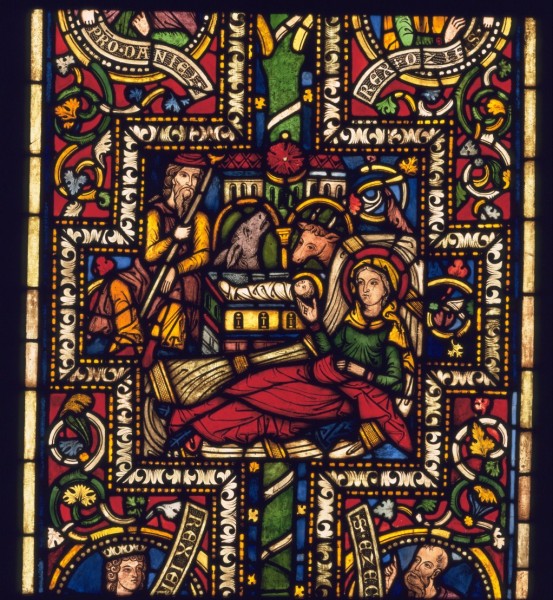
“[W]e must realize how great the possibilities were that opened up before the artists as soon as they finally discarded all ambition to represent things as we see them… And as the artist could dispense with an illusion of space or dramatic action he could arrange his figures on purely ornamental lines. Painting was indeed on the way to becoming a form of writing in pictures; but this return to more simplified methods of representation gave the artist of the Middle Ages a new freedom to experiment with more complex forms of composition… Without these methods the teachings of the Church could never have been translated into visible shape.
“As with forms so with colors. As the artists no longer felt obliged to study and imitate the real gradations of shades that occur in nature they were free to choose any color they liked for their illustrations. The bright gold and luminous blues of their goldsmiths’ works, the intense colors of their book illuminations, the glowing red and deep greens of their stained glass windows show that these master put their independence of nature to good use. It was this freedom from the need to imitate the natural world that was to enable them to convey the idea of the supernatural.”
Ernst H. Gombrich, “Chapter 9: The Church Militant,” The Story of Art, 15th edition
